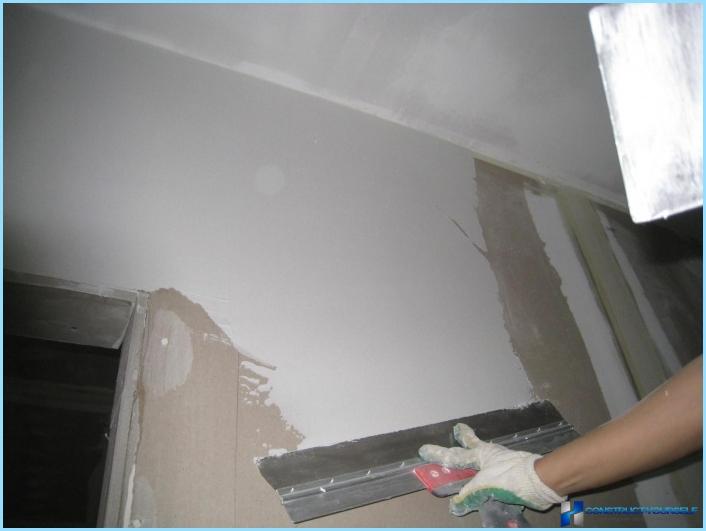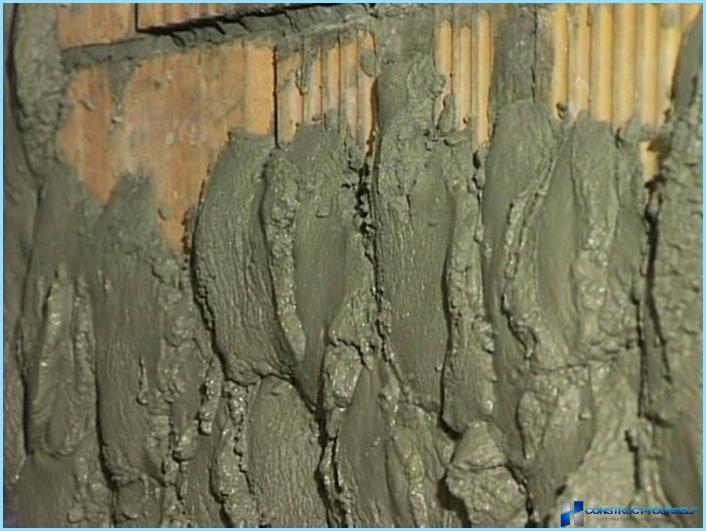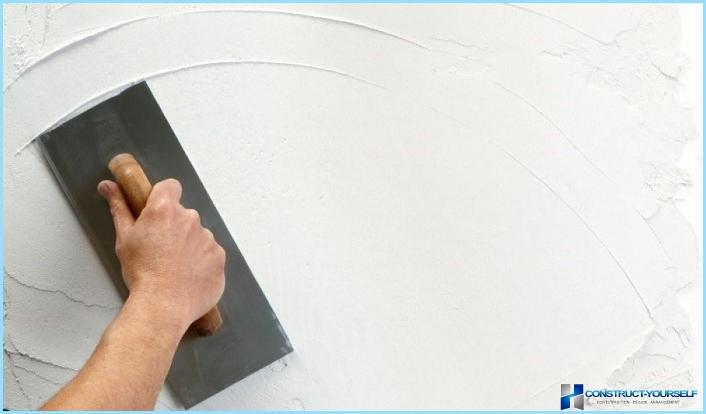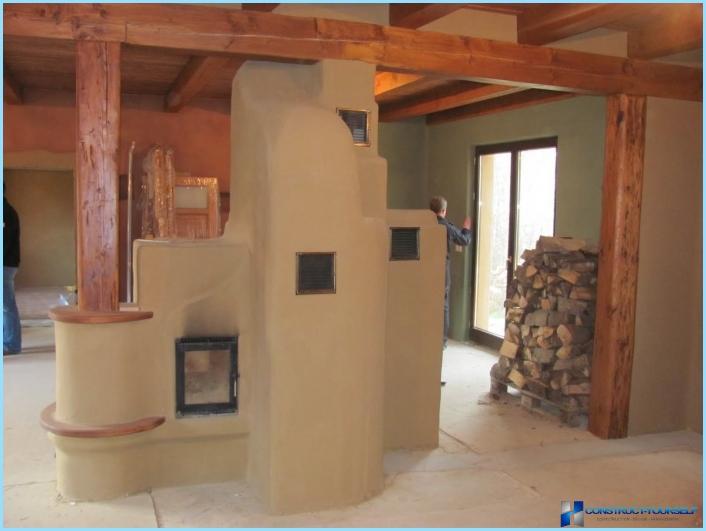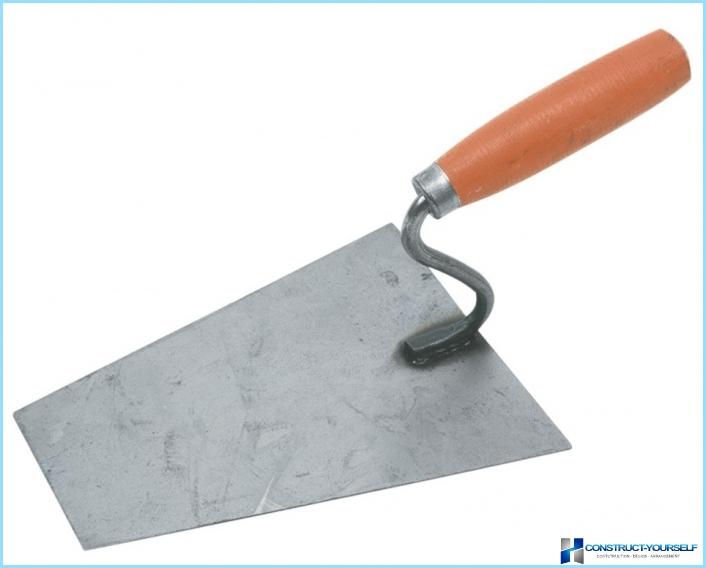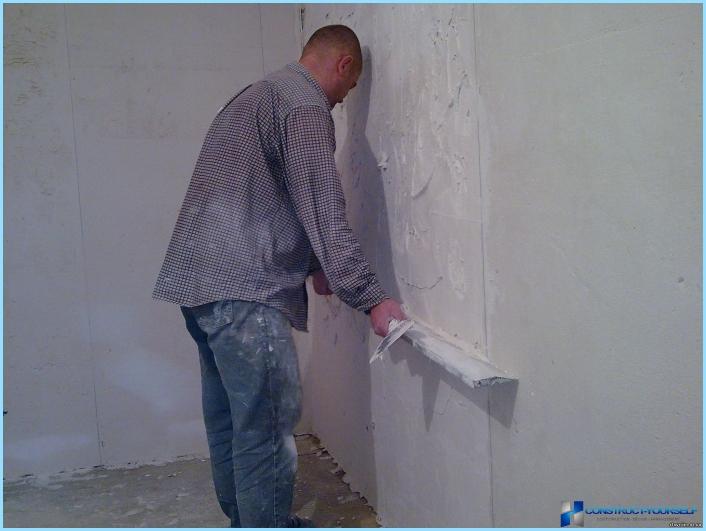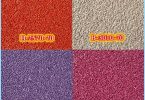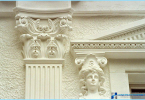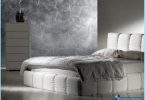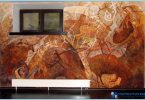The contents
If you decide to repair your own apartment by yourself, but you’ve never done this before, you probably have a question about what is the difference between the putty and plaster. The feature of putty is that it is used before painting, as it has a smaller fraction. So during repair there were no problems with the choice of finishing material is enough to learn about all the features of the described compositions.
The difference between putty and plaster ↑
Plaster, as plaster is a building material applied before fixing finishing material. Both mixtures used for leveling walls and ceilings, but the plaster is designed to eliminate irregularities or blockages of the walls. Plaster is also used in cases where it is necessary to cover insignificant defects.
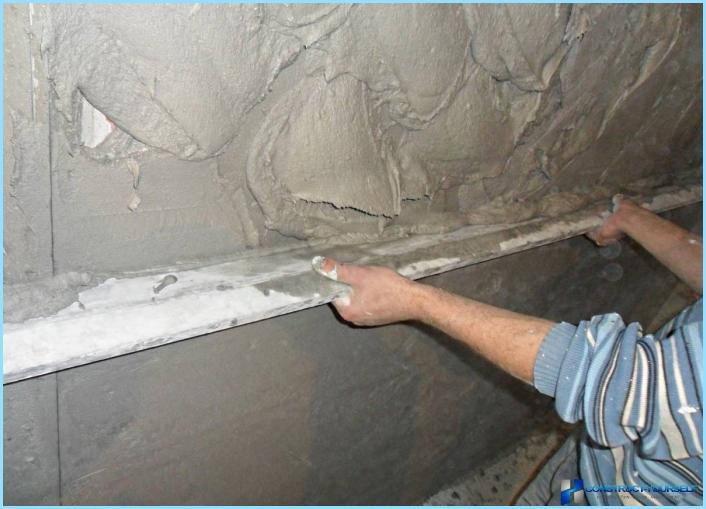
If you want to cover up the cracks of walls, between sheets of drywall, used putty, and when there are significant irregularities in the plaster. Distinctive feature of putty is lack of shrinkage. It is worth noting that the plaster is more durable composition and therefore it is possible to apply a thick layer.
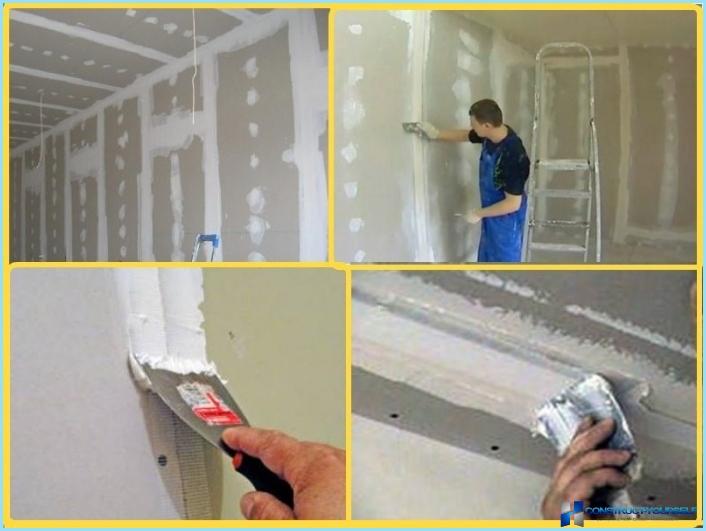
The composition of the plaster ↑
The difference between the mixtures for the walls lies in their composition. There are several types of plaster:
- A mixture of cement, sand and polymers. Such solutions adhere well to the surface and are quite plastic. Often during the preparation of cement-sand mortar added PVA glue.
- The solution with addition of gypsum and additives-stabilizers. This type of plaster is more plastic.
- The compositions of the cement and lime or clay and gypsum. Often these are prepared to sweep independently, but they can be found in DIY stores. This type of plaster is often used for decoration of facades of buildings.
One way to reduce the cost of repair is the use of clay plaster. It can be used for interior and exterior decoration of the house. With the advent of ready mix this type of plaster was used infrequently. Except for the clay in the mixture is added to the sand. Preparation of the solution is as follows:
- soaking the clay for a day;
- mixing of the swollen material;
- percolation clay;
- sand sifting;
- the addition of sand and water to clay.
The approximate ratio of clay and sand is 1: 4. The heavier the clay, the more you need sand. After mixing the composition the consistency should resemble cream. If prepared plaster slides off the trowel or shovel, it can be considered ready for application. If it partially remains on the instrument, it is necessary to add water and aggregate.
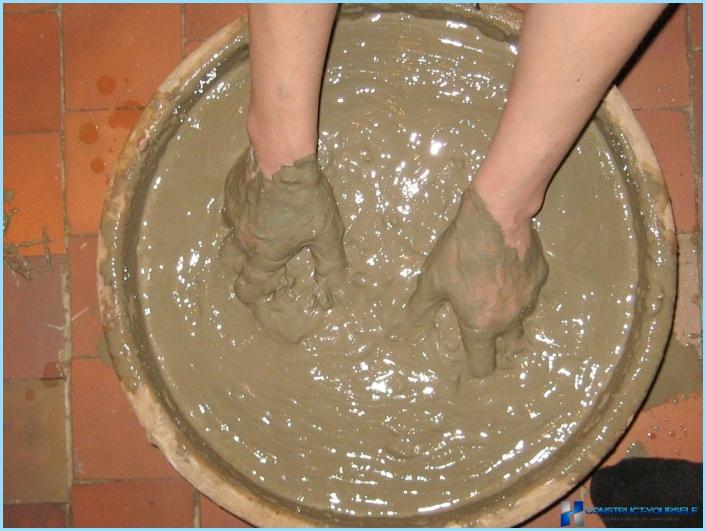
Often the filler is added wood chips. It helps to increase the strength of the solution and adhesion of the material. Most often this is a plaster used for facades, as it protects the surface from moisture.
The composition of the filler ↑
Putty for walls is also divided into several types:
- cement;
- gypsum;
- acrylic.
The solution of the first type is composed of cement and sand, and plasticizers. This putty is used as for internal surfaces of walls and external. A feature of such mixtures is the resistance.
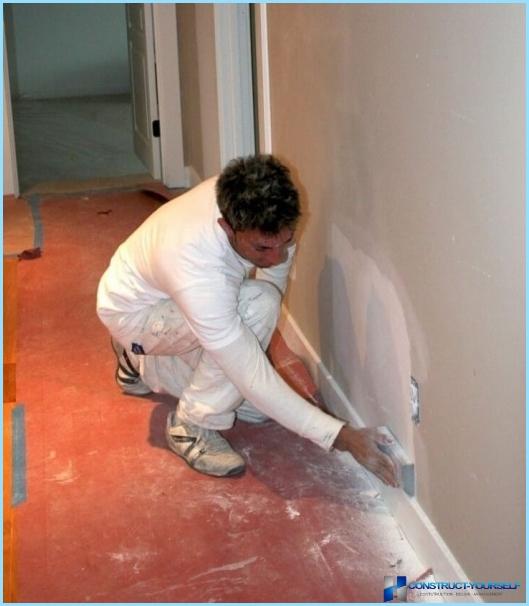
Gypsum plaster is used indoors only and is not intended for use on walls in rooms that are exposed to constant moisture. This is because the moisture from the plaster begins to break down. This substance acts as a filler and the binder component.
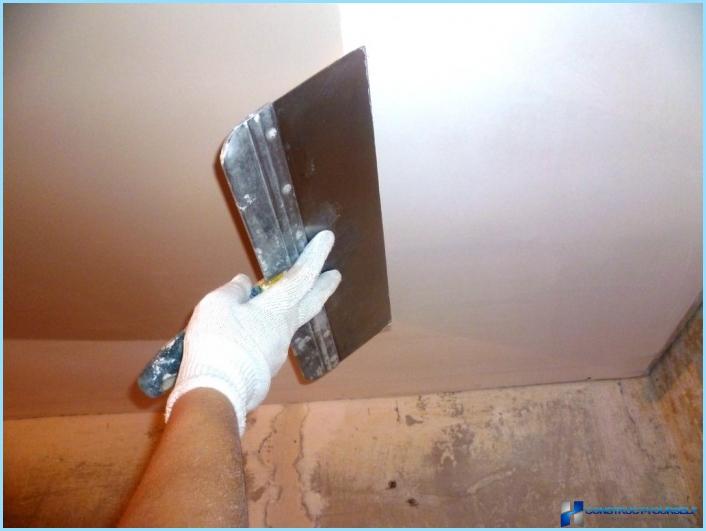
Acrylic putty for walls is created on the basis of acrylic resin and is designed for both internal and external works. If it is correct to apply such solutions, after completion of the work, they resemble the gloss.
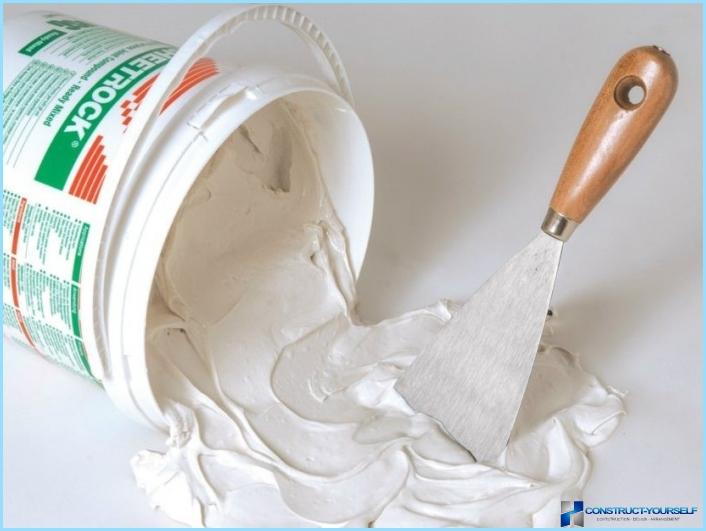
In addition to these types of compositions, there are less common. These include the oil filler, which is created from natural drying oils and additives. There is also and adhesive putty composed of linseed oil and glue. Another exotic structure can be called a mixture based on epoxy resin.
The type of filler ↑
Many people mix the putty with plaster for walls, as often there are such concept as a starting putty. This composition does not replace the plaster, and applied over it. It is designed to create better adhesion of the finish composition, based.
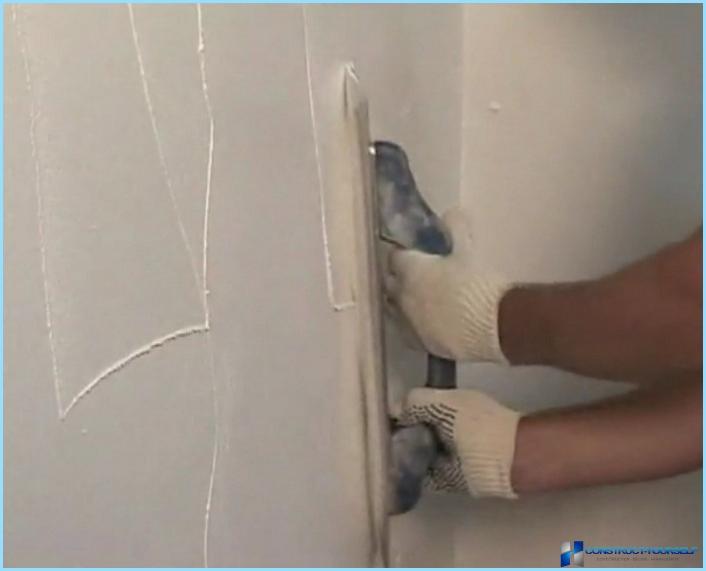
The main difference between the finish from the starting compositions is their consistency. The second type of blends is coarse. If you grind this composition on the fingers, the feelings can be compared to sand. Apply this putty on the base to repair deep cracks in the wall and eliminate small irregularities.
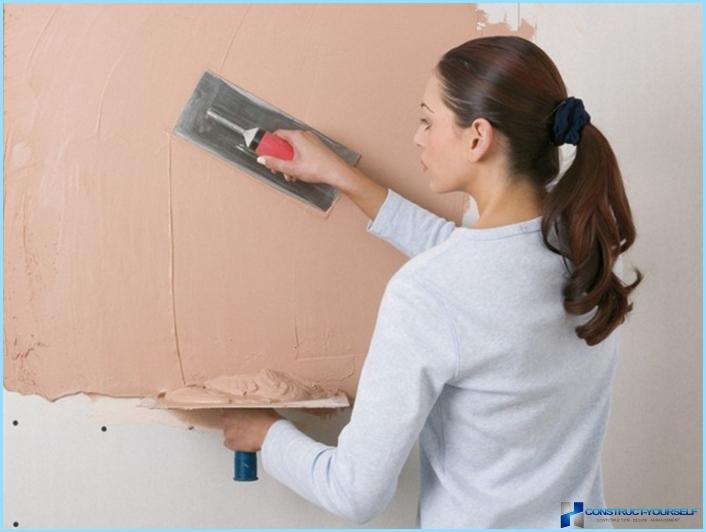
The finish formulations are fine-grained and are applied to starting, strengthening the surface. When using such solutions is to make a layer no thicker than 2 mm. the Finishing putty should be plastic and homogeneous, otherwise it may be difficult to mate with the previous layer. If you use putty you can not mix the finish and start, as this will entail a change in their properties.
When you need to plaster and putty ↑
If you want to align the wall, used plaster. But it is important to take into account the characteristics of the premises and finishing material, which will be mounted on the wall afterwards. If the external walls of the use composition, which is suitable for interior decoration, it will last a small amount of time.
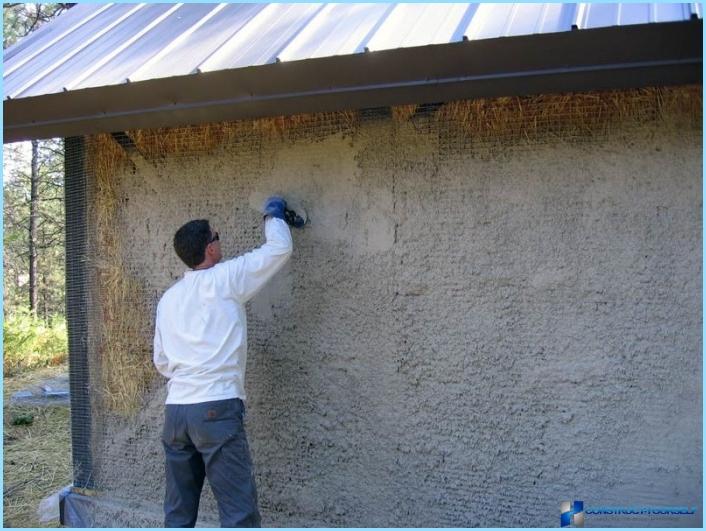
After applying plaster to the wall, be sure to choose a filler, as if the wrong choice of finishing materials may be difficult to bond with the surface. The use of putty is necessary before applying Wallpaper or paint. In the case when the wall is fixed a frame for the finishing materials or fastening them with fastening elements, putty is not required.
How to apply blend ↑
After selecting a specific type of composition for the walls, you need to know about the methods of its application, as wrong formulations can be hard to hold on to the wall. In order to understand the principle of operation, it is necessary to consider the methods of applying the most popular types of mixtures:
- Cement plaster has adhesive properties, so when applied to the surface to use a trowel or a spoon. The application is by spraying to the surface. It should be noted that the wall must be sufficiently hydrated. If this is not done, the composition will not stick to it. But with an abundance of moisture plaster will not stay on the surface.
- Gypsum plaster and putty doesn’t pounce and spread on the surface of the wall. Before smearing occurs shifting the solution of narrow spatula on average. After that there is a drawing on the wall and a uniform distribution over the surface.
Guidelines for using plaster and putty ↑
Plastering and puttying of walls is not a difficult job, but to prevent the occurrence of problems during the repair, it is necessary to observe the basic rules of use of such compositions. The first thing to remember is not to do too much solution. This rule must be observed due to the fact that the composition changes its properties and becomes stagnant if it is not used immediately after preparation.
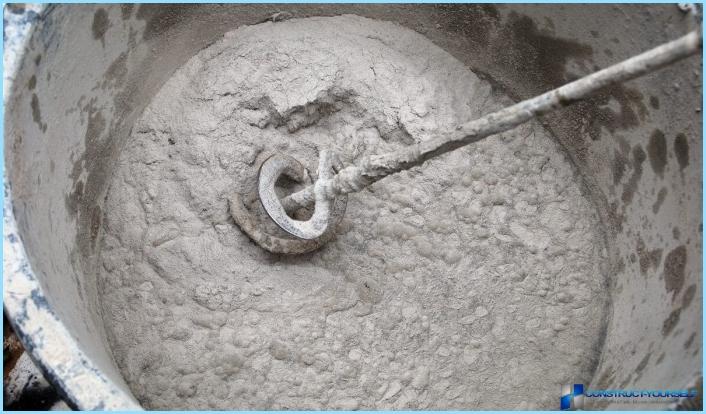
Also during the repair of the walls consider the following points:
- One layer of plaster should not exceed one centimeter. In this case, all the coating should not be thicker than 5 cm, but if it is thicker than 3 cm, the coating occurs with a reinforcing mesh.
- Start putty after priming. This is due to the fact that the walls do not adhere to the surface.
From all discussed above it can be concluded that the described compositions of different composition and for different purposes. In many homes, plaster is used as finishing material. But this requires a structure which has additional additives and colorants.

